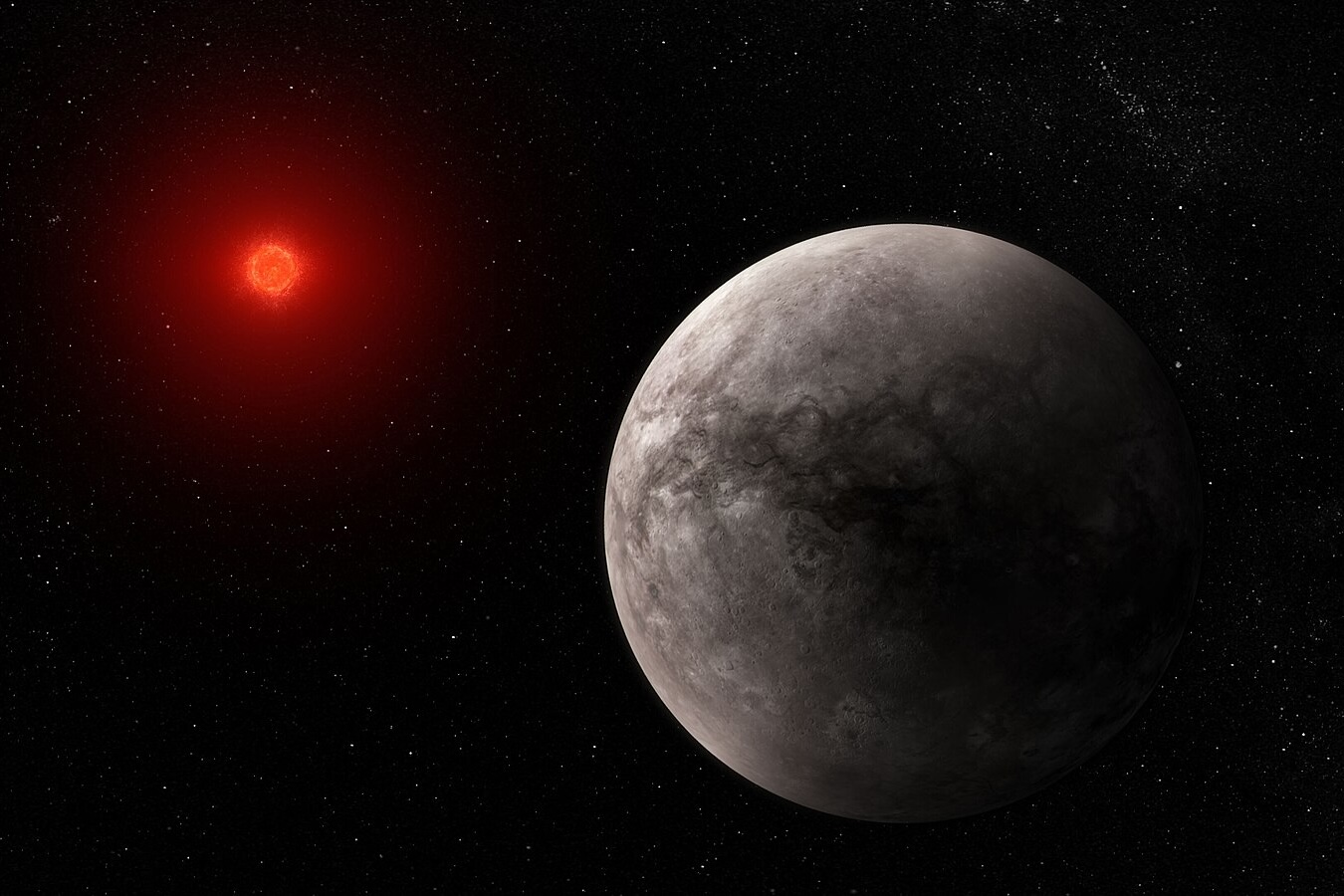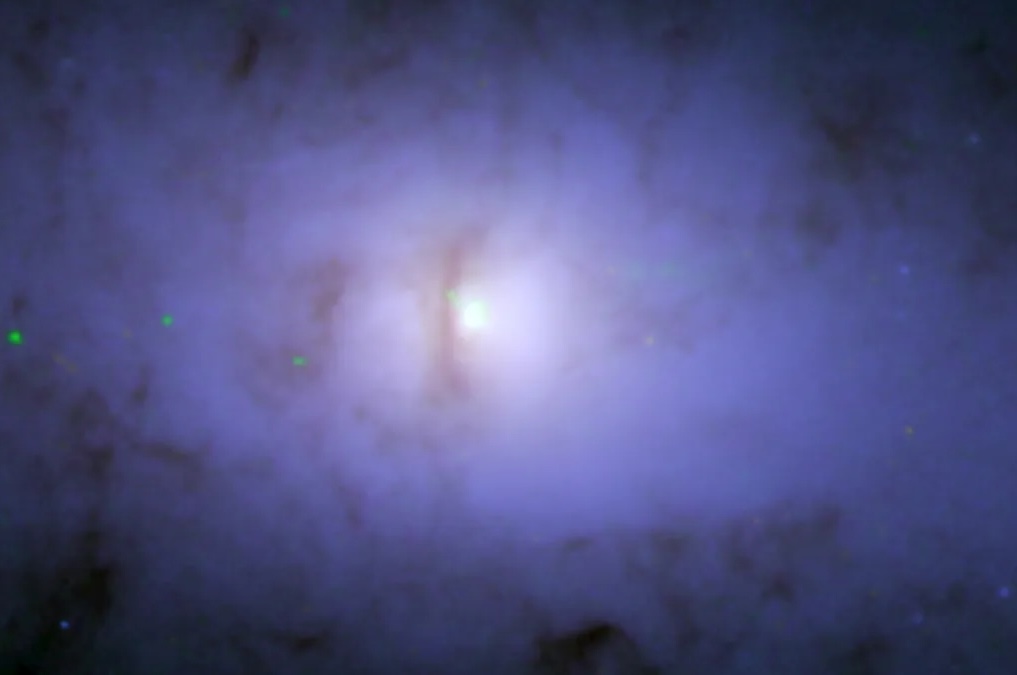In the journals JGR: Planets and JGR: Machine Learning and Computation, BAERI Research Scientist Ariel…
First Evidence for Slip-Running Reconnection, General Energy Release Process in Solar Flares and Eruptions
Scientists have discovered the long-predicted slip-running reconnection regime, manifesting as fast motion of flare kernels along ribbons, with speeds up to 2,600 km/s. This process was theoretically predicted in two studies, published in 2005 and 2006. Its discovery has therefore been awaited for nearly 20 years, and is now described in Nature Astronomy.
The paper, authored by a team of scientists from the Bay Area Environmental Research Institute (BAERI) and Lockheed Martin Solar and Astrophysics Laboratory in a collaboration with physicists from Czechia and France, describes the first-ever observations of so-called slip-running reconnection in a solar flare. The authors analyzed ultraviolet (UV) observations of a small flare from 2022 carried out by the Interface Region Imaging Spectrograph (IRIS) satellite at a very high time resolution (“cadence”) of less than two seconds. Rapid motions of small kernel brightenings in flare ribbons (“footprint” of the flare) provided key evidence for this otherwise elusive process. The exceptional cadence proved indispensable for the discovery of slip-running reconnection. “We have been trying to find signatures of slip-running reconnection, and the associated fast kernel motions, for years. Unfortunately, the right observations were just not available,” says Dr. Juraj Lorincik, the leader of the research team and the first author of the study. “The cadence of previous observations was not high enough to resolve signatures of slip-running reconnection. This is an extremely dynamic process and kernel motions can be nearly impossible to identify. However, in our high-cadence observations from IRIS, the presence of slip-running reconnection was unmistakable.”
The IRIS satellite, built and operated by the Lockheed Martin Solar and Astrophysics Laboratory, was launched in 2013, originally as a two-year mission to study plasma of the solar chromosphere and transition region in the UV part of the spectrum. In 2021, the IRIS team designed special observing sequences aimed to study magnificent phenomena such as solar flares at an unprecedented time resolution. “In our high-cadence observations, you can clearly see the bright flare ribbon as well as minor flare kernels moving along it,” says Dr. Lorincik.
The fast motion of kernel brightenings is a consequence of the motion of footpoints of magnetic field lines, which slip along flare ribbons as they reconnect to a configuration with lower magnetic energy. The magnetic field can get quite complicated in its structure, owing to the variety of motions in the solar atmosphere. “There is, however, a limit to the complexity of the magnetic field. At some point, the energy it carries is just too large. Then, the field starts to reconnect and simplifies itself in a catastrophic manner, which we observe as a solar flare,” says Dr. Jaroslav Dudík, a co-author of the study. “The released magnetic energy then heats the solar plasma, which becomes bright in the ultraviolet,” adds Dr. Lorincik. The reconnection itself manifests as slipping motion of the footpoints of magnetic fields. Models predict that these motions should happen at very fast speeds—even super-Alfvénic velocities, which in the solar corona reach about 1,000 km/s. The team measured velocities up to 2,600 km/s, which corresponds well to this regime.
Observations of the slip-running reconnection in active region 13107, as seen by the IRIS (inset) and the Solar Dynamics Observatory / Atmospheric Imaging Assembly instrument. The evolution of individual kernels along the ribbon is depicted in the time-distance diagram (bottom plot), where moving kernels produce slanted traces. The color scale of IRIS observations has been inverted for better visibility of weaker kernels.
The term “slip-running reconnection” was invented by Dr. Guillaume Aulanier (Laboratory of Plasma Physics, Paris Observatory), who first described it in studies published in 2005 and 2006. He was inspired by the cartoon character Wile E. Coyote, who, equipped with a fork and a knife, chased after the Road Runner so fast that his legs were “slip-running.”
The slip-running motions were analyzed using two different methods. The first one involved time-distance diagrams, where the evolution of emission along the flare ribbon is tracked in time via a pre-defined curve. Individual flare kernels slipping along the ribbon then produce slanted traces in the time-distance diagram, with the slant of individual traces being proportional to the kernel velocities. The second method involved employing novel computer-vision algorithms capable of identifying individual kernels as well as measuring their velocities. The results of both methods were consistent, and confirmed the presence of slip-running reconnection.
“Models predict that slip-running reconnection is quite common in the Universe”, says Dr. Lorincik. “Flares and eruptions are not limited to our closest star, so this process should be at work in the atmospheres of stars beyond the Sun.” Evidence for magnetic reconnection can also be found in the accretion disks of black holes, the dance of the aurorae—which itself is powered by magnetic reconnection between magnetized clouds produced by eruptive solar flares—and Earth’s own magnetosphere.
REFERENCE:
Lörinčík, J.; Dudík J.; Sainz Dalda, A.; Aulanier, G.; Polito, V., De Pontieu, B. “Observation of super-Alfvénic slippage of reconnecting magnetic field lines on the Sun,” Nature Astronomy, October 18, 2024, https://www.nature.com/articles/s41550-024-02396-4
CONTACT:
Juraj Lorincik



